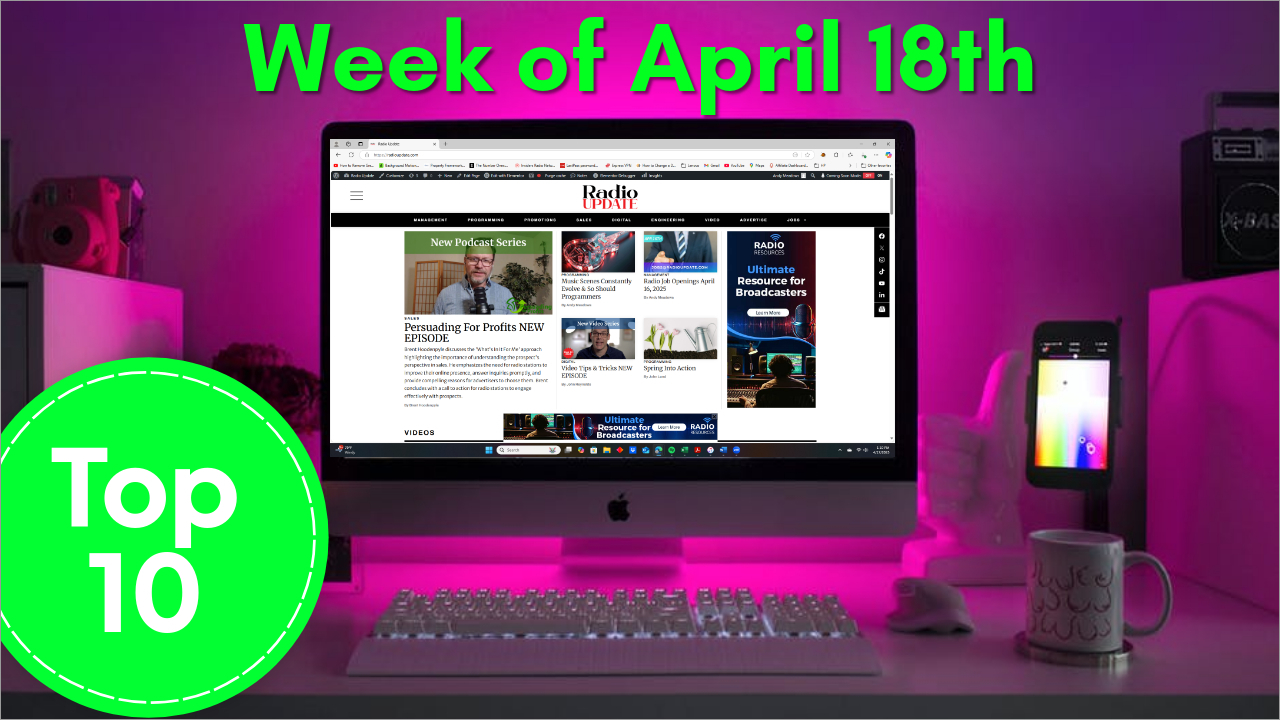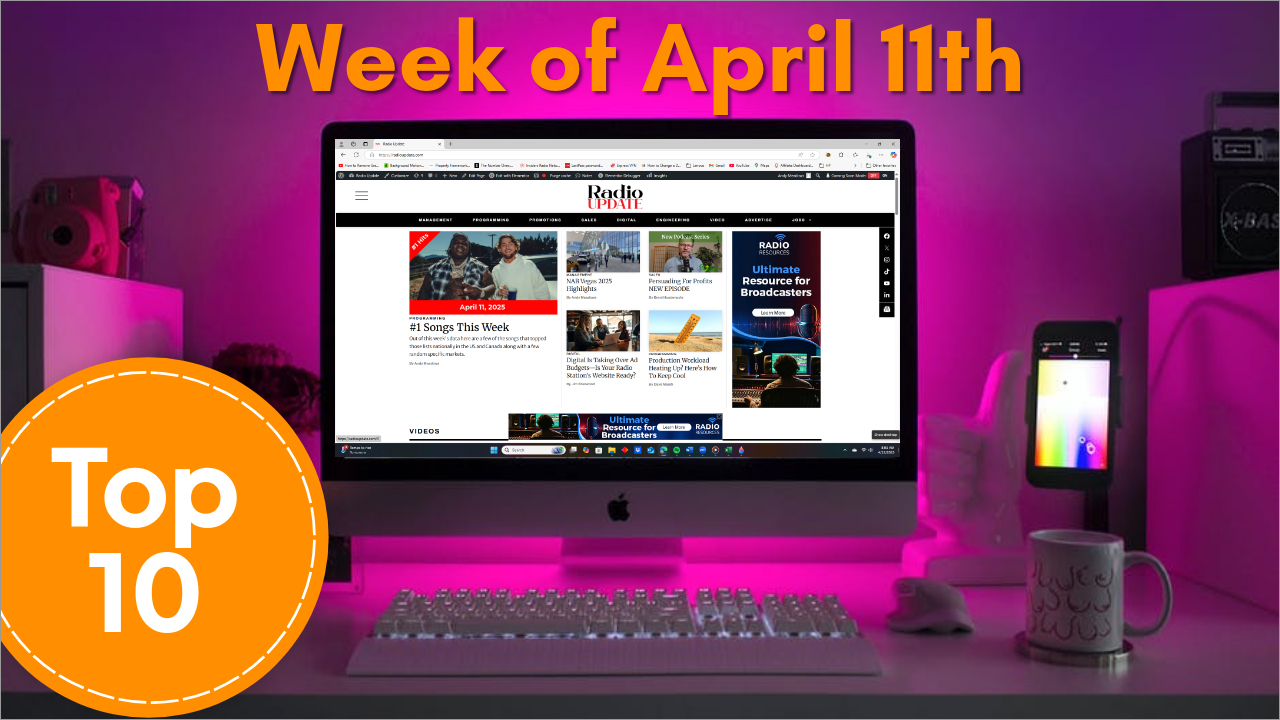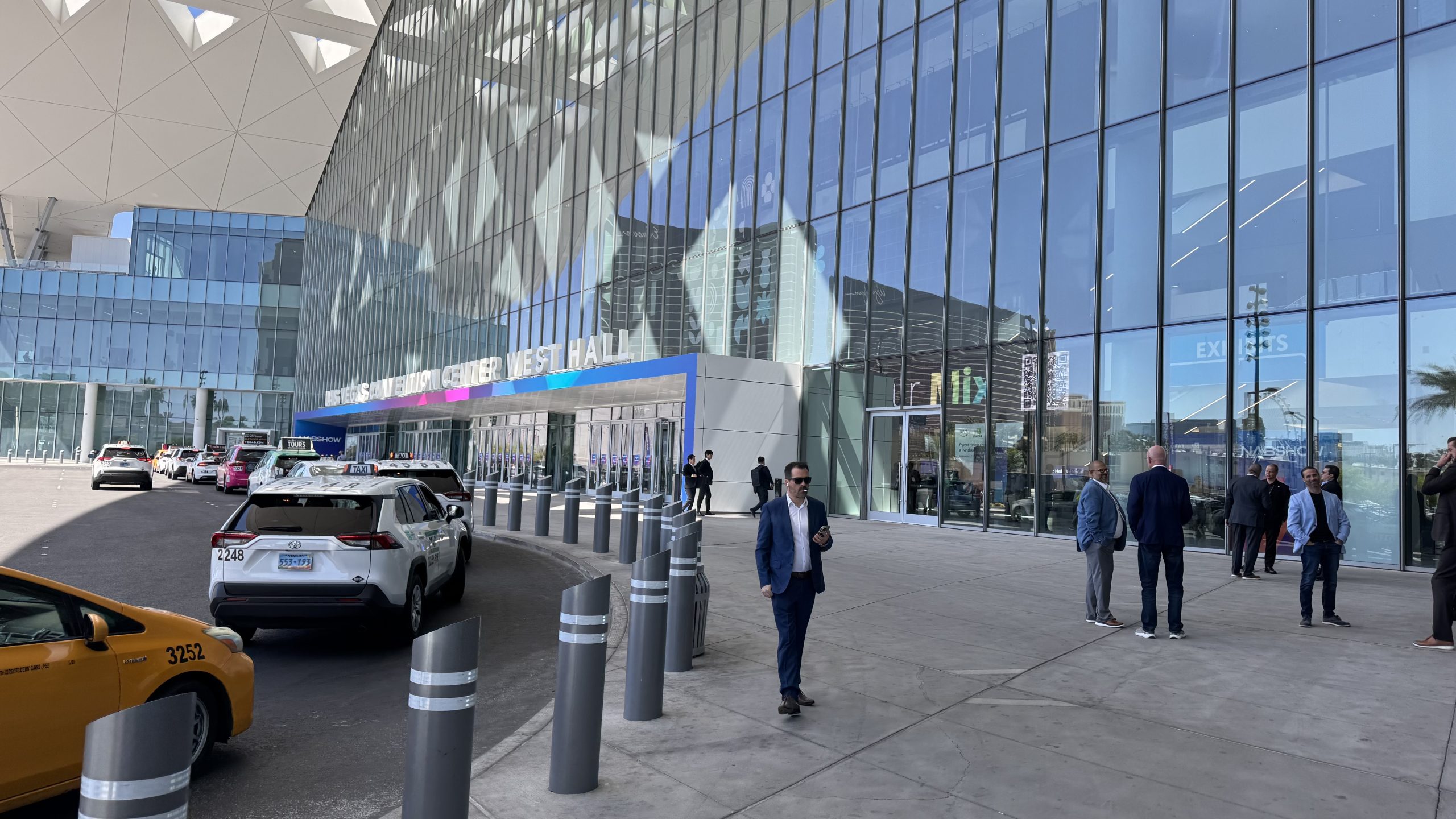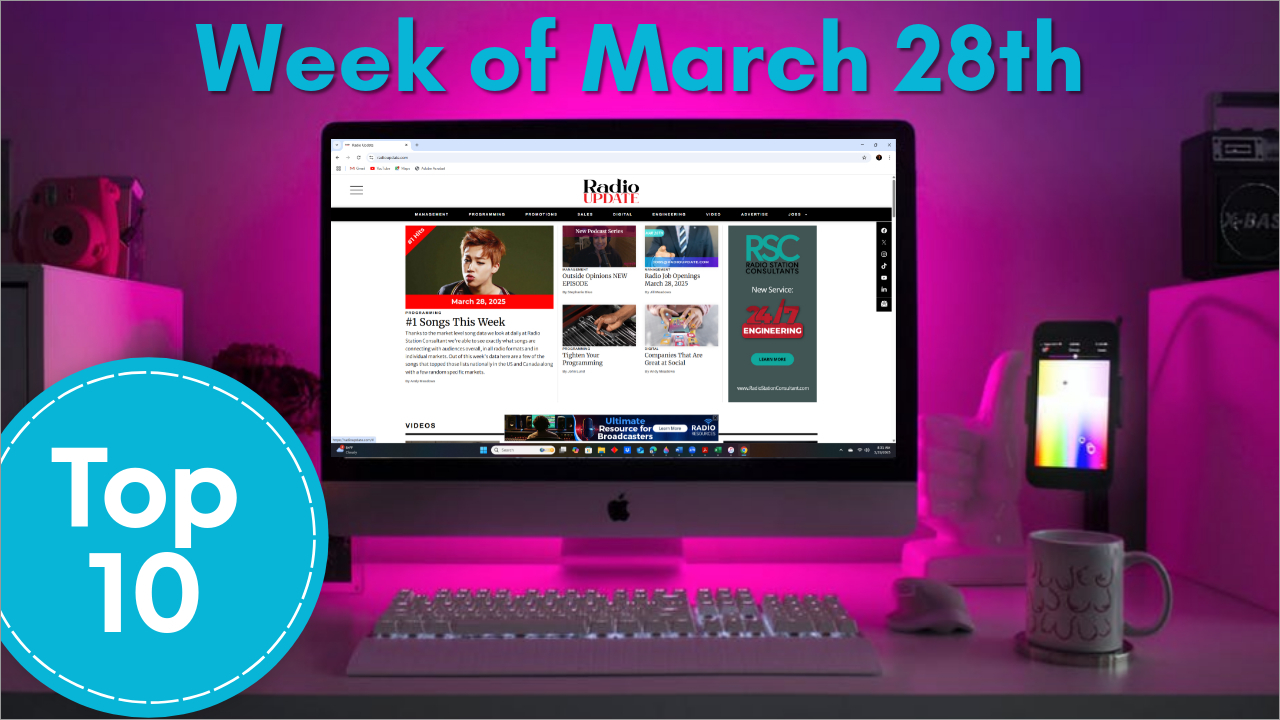A free research project? Seriously? That price point gets the attention of even the tightest bean counter. But you can do it if you invest a little time and creativity into a project. First, a couple of disclaimers: This will not produce statistically valid strategic market research to make format decisions, and it’s not a surrogate for focus groups. However, it can be a valuable method of collecting information about how the audience perceives a brand and specific aspects of a station or radio show. It can be even more valuable if you conduct a series of similar projects over time.
Free Research Project
This project will attract highly active radio listeners who already like or love your station and shows. It’s what researchers call a biased sample. That’s why it can’t replace a strategic study. It works well for measuring progress or regression, tracking growth in their and finding which aspects of your brand are most promotable relative to one another.
Now, here’s a final warning: While the results will be mostly good news and make you feel good, projecting them to the entire market is dangerous. In other words, know that your sample is biased in your favor!
Step 1: Set Up The Survey
The easiest way to build a survey and manage the information is through an online service like Survey Monkey. It’s easy, fast, efficient, and free!
Your questionnaire should be short to attract more responses. Long surveys have lower response rates unless the respondents are paid. More than 8-10 questions can cause survey fatigue, so choose questions carefully. You may be able to stretch it a bit, but the survey needs to be fast and easy unless each respondent is being paid.
Since the survey must be short, you must focus on the content. Don’t try to test everything on your station. Identify specific aspects of your brand (morning show features, preferences for information and news, music data/detail, etc).
Most questions should be multiple-choice. It’s fine to include 1-2 open-ended questions at the end, but too many open-ended questions add to the survey length.
You need to collect basic respondent data, but the form should be as short as possible in the interest of brevity. You must get their name, email address, gender, and birthdate. Resist the temptation to ask for too much personal information. Asking for too much will cause some to bail.
Step 2: Survey Questions
So what questions should be asked in this free research project? Start with these three key questions.
What time of the day do you listen to the radio (choose all that apply)?
Early Mornings before 6 am
Mornings from 6 am-8 am
Mid-mornings from 8 am-10 am
Mornings from 10 am-noon
Afternoons from noon-3 pm
Afternoons from 3 pm-6 pm
Evenings from 6 pm-9 pm
Evenings after 9 pm
(If you play music) Which of the following types of music do you listen to often? (Choose all that apply). List several clusters of music genres that apply to your brand. List artists (and perhaps song titles) to demonstrate each genre for best results.
Overall, on a scale of 1-10 (10 10 is the best), how would you rate (what you are researching: the station or show). Note: Also include “I don’t know” as a response for those unfamiliar.
The rest of the questions depend on the project goals. Visualize reaching the next goal to craft the questions. For example, if the goal is to increase the familiarity and popularity of a main on-air feature, ask questions about that feature. To improve a “like” score from 3 to 6, find out why listeners rate the personality how they do.
Don’t forget to include an opt-in to receive regular communication from the show or station. Ruth Presslaff, President and Founder of Presslaff Interactive, suggests this language:
WOULD YOU LIKE TO RECEIVE EXCLUSIVE INFORMATION AND REGULAR UPDATES BY EMAIL?
This is an essential question if respondents come from sources outside the station database.
Step 3: Add An Incentive (Optional)
If possible, offer an incentive for participating. A $100 gift card as a prize in a drawing is usually enough to get participants to complete the form, but even with no budget, you should still be able to get responses. It may take a little longer, and there may be fewer participants, but it can work.
Important: Avoid promoting the prize as the main reason to participate. Putting the prize up front will attract prize pigs. They’re valuable, but they will tell you what they think you want to hear just for a chance to win.
Promote the prize, but use language like, “To thank you for participating, you’ll be entered into a drawing” message.
Step 4: Promote The Survey
Promote the survey to your existing email audience and ask for feedback with a link to the survey. Beyond that, consider other ways to promote it:
Ads on your station website.
Invite followers on social media pages. Run targeted ads on social media if possible.
Promote it on the air.
Create a video from personalities and post on social media.
Work with marketing partners to promote it.
Step 5: Gather Results
Try to get at least 100 respondents. The greater the response, the better, but there is a point of overkill. The results won’t change much after 300 – 400 respondents in a specific demographic. Going for more responses feels more accurate, but the results will normalize at a certain point. Plus, you will conduct more surveys in the future (hopefully quarterly).
Start a spreadsheet to track results. Initiate another survey every quarter using the same or similar questions to measure progress. Remember, this project isn’t to get a one-time snapshot. It’s to track growth.
Step 6: Apply The Results
Armed with data, focus your efforts to work toward your goals and improve research results in the next survey. For example, the desired outcome may be to double familiarity in six months. Focus on:
WHAT IS THE ONE THING I CAN DO TO DOUBLE MY FAMILIARITY IN SIX MONTHS SO THAT BY DOING IT, EVERYTHING ELSE IS EASIER OR UNNECESSARY?
WHAT ONE THING CAN I DO TO CAUSE MY CURRENT AUDIENCE TO TAKE AN ACTION THAT MOVES ME TOWARD THAT GOAL?
WHAT ONE THING CAN I DO RIGHT NOW-AT THIS VERY MINUTE-TO HELP ACHIEVE THAT GOAL?
Conclusion
Research is important. Budgets are tight. However, free research is a price point that fits every station. Start with a specific, measurable goal and apply the results and you will be amazed at what can be learned.
Pic from Freepik.com.
Tracy Johnson is a talent coach and programming consultant. He’s the President/CEO of Tracy Johnson Media Group. His book Morning Radio has been described as The Bible of Personality Radio and has been used by personalities worldwide.













